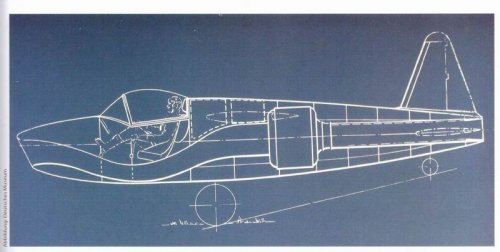The Heinkel He-178 has always intriqued me and I often "fantasized" about a fighter varian with two 7.92mm machine guns in the wing roots (very few structural changes except a slightly improved engine.) This first variant, the He-178A Sperber would be a point-defense aircraft or, most likely, an advanced trainer. With a greatly improved and refined engine, the He-178B Sperber would be able to carry four machine guns (remember this is all speculative engineering). Then come the He.278 Falke with a JUMO axial flow engine and six 7.9mm machine guns and this one can be used over Britain and at the front-line, placing a jet fighter in active combat duty in 1941!
Let the speculation begin!
Remember, anything you submit may be used in a future alternate history novel, by me. Everyone will get lots of credit and if you have a German name, you may be used as a character.
Chuck
Let the speculation begin!
Remember, anything you submit may be used in a future alternate history novel, by me. Everyone will get lots of credit and if you have a German name, you may be used as a character.
Chuck


